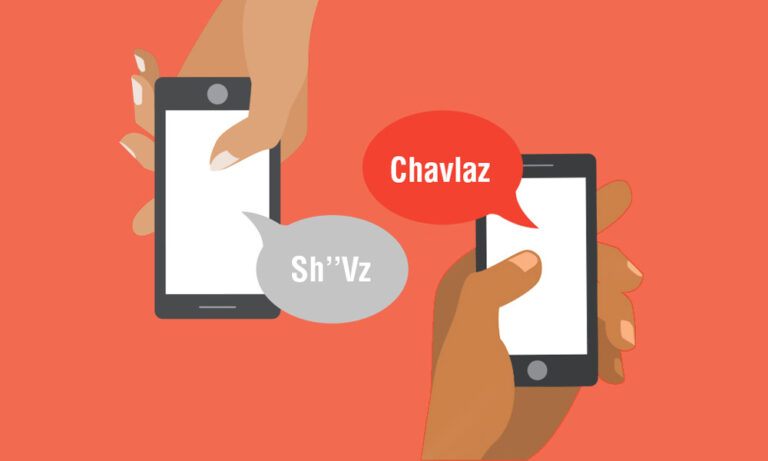Acronyms have been around for thousands of years, originating with the ancient Hebrew alphabet. In the 10th century BCE, Hebrew letters evolved from ideographic pictures, leading to the use of groups of letters in place of common words. This practice began as a way to save space and make writing more efficient. Acronyms were even used on Maccabean coins to indicate the issuer’s name. As religious beliefs and practices evolved, acronyms reflecting these beliefs became common. Acronyms were also used for secrecy and privacy, especially during times when Jews were a minority in Christian and Muslim countries.
Today, Hebrew acronyms are more popular than ever, with some dating back to ancient times and others being more recent additions to the language. These acronyms are commonly used in written communication, but do you know what they mean? Here’s a guide to some popular Hebrew acronyms:
Sh’’Vz for Shvur Zayin
Literally means “broken-dicked,” used to indicate someone feeling down or depressed.
Since his wife left him for his brother, the poor man is Sh’’Vz.
Chavlaz for Chaval al Hazman
Literally means “a waste of time,” used in Israel as slang for “wow!”
George Clooney just entered the restaurant, Chavlaz!
ZBy’’Sh for Zo Ba’aya Shelcha
Literally means “That’s your problem!”
If you don’t like me, ZBy”Sh!
CHu’’CH for Chas V’Chalilah
Literally means “a disgrace and a curse,” used to describe a horrible event.
She might fail her medical boards, CHu’’CH!
Z”L for Zichrono Livrachah
Literally means “May his memory be for a blessing,” used to indicate someone has passed away.
The memorial for Shlomo Shlomowitz Z’’L will be at 4 P.M.
Shna”tz for Sheinat Tzohorayim
Literally means “sleep of the afternoon,” refers to a short afternoon nap.
All I want to do is take a Shna’’tz!
B’’T for Ba’al Teshuvah
Literally means “someone who has returned,” used for someone who became more religiously observant.
Shifra is a B’’T; she started keeping kosher at age 42.
AMU”Sh for Ad Maia V’esrim Shana
Literally means “until a hundred and twenty,” used to wish someone a long life.
My Uncle Moishe is 92, AMU’’Sh!
Gamacht for G’mar Chatimah Tovah
Literally means “your final sealing should be good,” used as a greeting on Yom Kippur.
I hope this is a peaceful year for you, Gamacht.
Sh’’Sh for Shabbat Shalom
Literally means “Shabbat Shalom,” used as a greeting on Shabbat.
Sending hugs and kisses, Sh’’Sh!
S’’S for Sof Sof
Literally means “end, end,” used to indicate something is over.
S’’S, this president’s term has come to an end!

